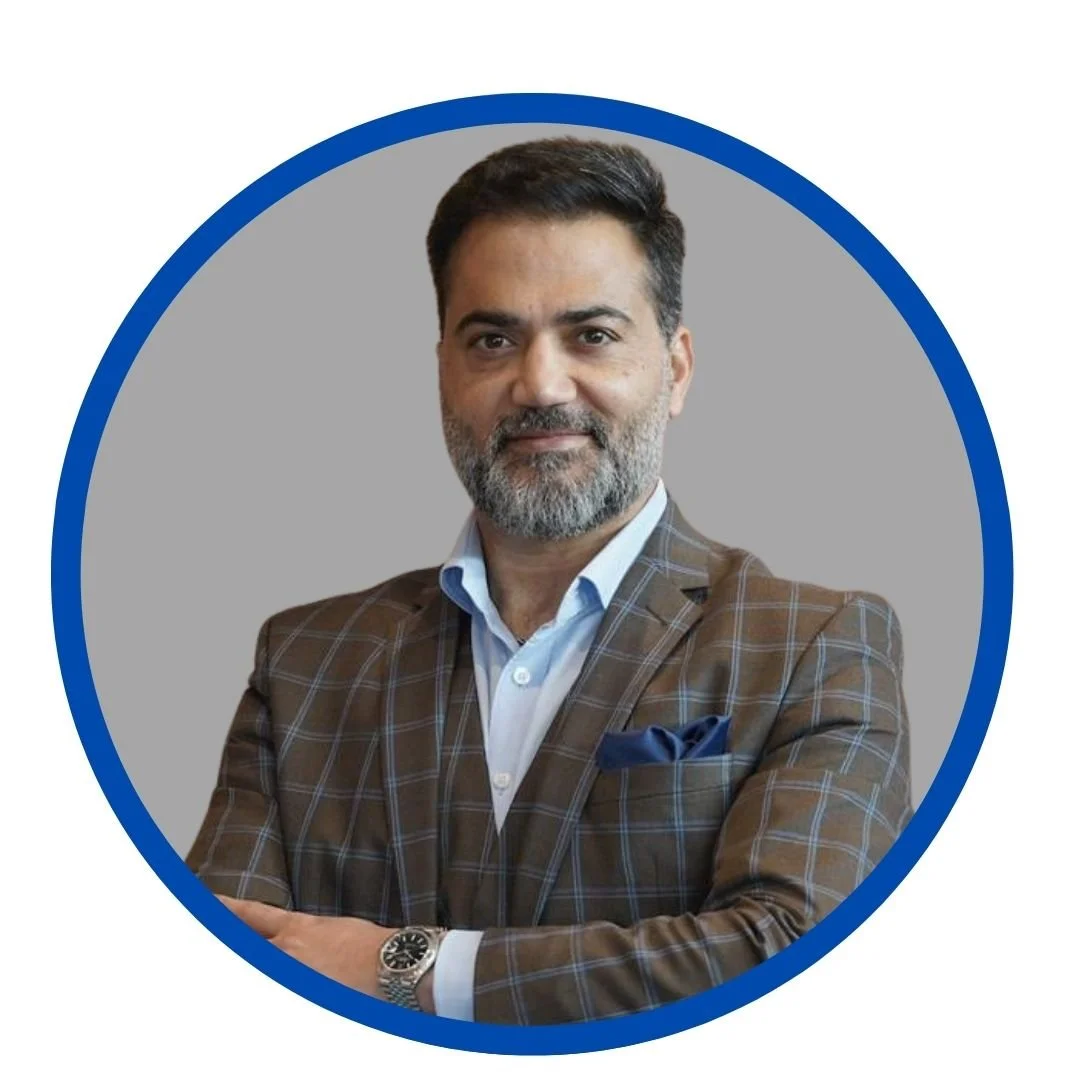The Untold Story of How Tier-2 Cities Are Powering India’s Medical Tourism Boom
By: Mr. Rajeev Taneja, Founder, GlobalCare Health
India’s healthcare ecosystem is growing and substantial growth is expected, with projections indicating an increase from an estimated USD 18.2 billion in 2025 to USD 58.2 billion by 2035, at a CAGR of 12.3% during the forecast period. While metros cities Delhi, Mumbai, Chennai, Bengaluru, and Hyderabad continue to lead in Medical Value Travel (MVT), Tier -2 cities are emerging as powerful hubs because of affordable, reliable and increasingly specialised healthcare services. This shift is transforming India’s medical tourism sector and expanding access for international patients.
Why Tier-2 Cities Are Becoming Global Healthcare Destinations
Initially, international patients inclined towards hospitals in major metropolitan areas of India for intricate operations, cutting-edge diagnostic procedures, and integrated medical expertise. However, the high treatment costs, congested hospital networks, and extended delays gradually opened opportunities for other cities to highlight their capabilities.
India has emerged as a leading destination for medical tourism, with hundreds of thousands of international patients being treated here every year. The nation's accessible and budget-friendly healthcare, modern facilities, and proficient medical workforce have made it a compelling choice for individuals seeking medical care overseas. These patients are increasingly opting for alternative cities now because they offer comparable top-tier medical care at significantly reduced prices, faster appointment scheduling, and a more individualized patient journey. Cities like Coimbatore, Indore, Kochi, Jaipur, Bhubaneswar, Chandigarh, Nagpur, and Ahmedabad have all transformed into reputable medical hubs, offering world-class infrastructure, experienced seniors, high-quality patient care, and much lower treatment costs compared to the large metropolitan centers.
Improved Infrastructure and Clinical Capabilities
Mr. Rajeev Taneja, Founder, GlobalCare Health.
A major driver of growth in Tier-2 cities is the rapid improvement in hospital infrastructure. Over the last decade, private hospitals have invested heavily in advanced diagnostic centres like robotic surgery systems, modular operating theatres, specialised ICUs and trauma units and oncology, cardiac sciences, liver sciences and orthopaedic departments. Many of these hospitals are staffed by specialists who previously practiced in metro hospitals. Their presence helps patients access top-tier care without travelling to larger cities.
Healthcare facilitators act as a bridge between connecting international patients with hospitals in Tier-2 cities. These healthcare platforms offer patient assistance centres across continents and help patients with treatment plans, medical opinions, travel arrangements, clinical updates and continuity of care. They have an extensive network of over a hundred hospitals throughout India, with an increasing presence in smaller, Tier-2 cities. They are dedicated to supporting international patients, doctor-to-doctor discussions, and providing remote radiology and intensive care services. They also coordinate treatment options that extend beyond borders. Their involvement gives peace of mind to families who often travel long distances for crucial medical care, knowing they will receive clear and open communication throughout their healthcare journey.
These enablers also support hospitals through clinician training programs, skill-building workshops and the development of Centres of Excellence. Their expertise in healthcare consulting, patient handling and global coordination has allowed Tier-2 hospitals to meet the service quality of established metros.
One of the most visible indicators of the increasing strength and prominence of Tier-2 cities is the rise of specialized Centres of Excellence. Most of these centers are dedicated to cardiology, oncology, orthopaedics, liver sciences, neurology and bone marrow transplants. They are built on expert guidance and supported through standard clinical pathways as well as multidisciplinary teams, technology-driven treatment models Internationally aligned protocols. These centers pull patients from countries where such facilities do not exist. Thus, Tier-2 cities have emerged as central pillars in India’s medical tourism ecosystem rather than mere supporting units. Medical travel comprises much more than just surgery or treatment; it requires safe accommodation for patients with translation support, post-operative monitoring assistance in getting around a new city.
Government Support and Better Connectivity
Several state governments have recognised the potential of medical tourism and introduced policies to strengthen private healthcare investments, skill development and hospital expansion. Improved airport connectivity has also been a game-changer. With better infrastructure and growing state-level encouragement, these cities are well-positioned to attract a steady flow of international patients. The rise of Tier-2 cities marks a major structural shift in India’s medical tourism landscape. These cities combine affordability, expertise and patient-centric care in a way that resonates with international patients looking for reliable and cost-effective treatment options. With healthcare facilitators strengthening patient pathways, enhancing clinical collaboration and enabling access from different countries, Tier-2 cities are no longer supporting players. They are becoming central pillars of India’s ambition to be a global healthcare leader.
India’s medical tourism boom is no longer defined by its metros alone. It is increasingly being powered by cities that offer world-class treatment wrapped in accessibility, affordability and compassion, a combination that is helping India earn the trust of patients across continents.
Got a story that Healthcare Executive should dig into? Shoot it over to arunima.rajan@hosmac.com—no PR fluff, just solid leads.


